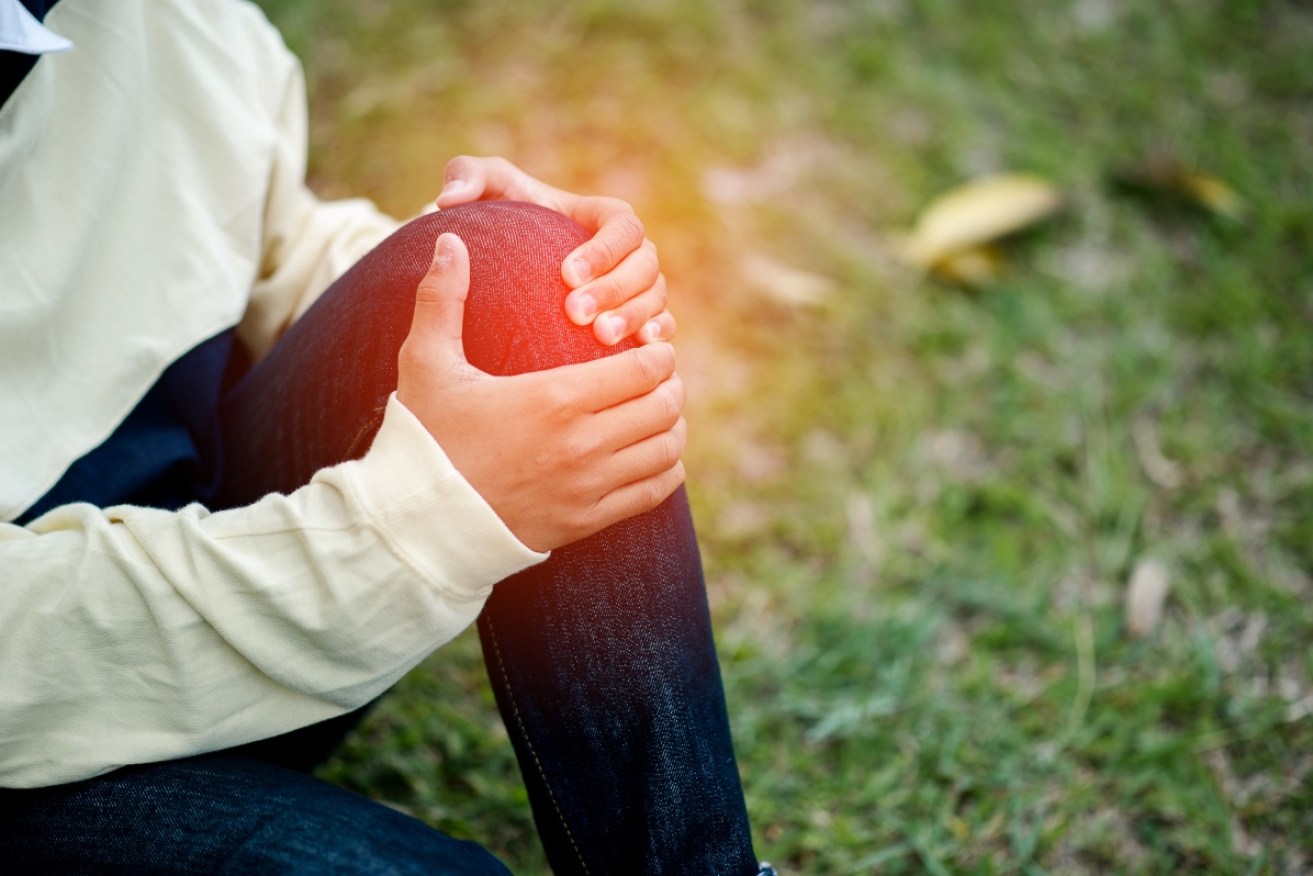Walking reduces pain and slows the damage caused by osteoarthritis


Walking appears to slow the progress of osteoarthritis in the knees. Photo: Getty
When first diagnosed with osteoarthritis in the knees, you’ll also be told it’s a chronic and progressive condition, and the pain is something you’ll need to manage.
At that point you’ll wonder: How bad will it get?
Not as bad you might think, according to a study from Baylor College of Medicine that found “walking for exercise can reduce new frequent knee pain among people age 50 and older diagnosed with knee osteoarthritis”.
The big surprise is that the study suggests that “walking for exercise may be an effective treatment to slow the damage that occurs within the joint”.

Image: AIHW 2015
“Until this finding, there has been a lack of credible treatments that provide benefit for both limiting damage and pain in osteoarthritis,” said Dr Grace Hsiao-Wei Lo, assistant professor of immunology, allergy and rheumatology at Baylor College of Medicine, and first author of the paper.
What is osteoarthritis?
Simply put, osteoarthritis is the deterioration of cartilage inside a joint – what your doctor might lightly call “wear and tear”.
The loss of cartilage means the loss of cushioning between the joints. The bones rub together, causing pain and swelling and compromised mobility.
Figures from 2017-18 illustrate how the prevalence of arthritis increases with age, particularly for women.
A 2020 report from the Australian Institute of Health and Welfare found:
- The proportion of females under the age of 45 with arthritis in 2017-18 was 2.7 per cent
- By age 55-64, this had increased to 39.6 per cent and to 57.3 per cent for 65 years and over
- For males, the rate for under the age of 45 was 2.3 per cent. This steadily increased to 28 per cent for 55-64 year olds, and 39.9 per cent for 65 years and over.
Which is a lot of people, and a lot of pain.
The study
Researchers included more than 1000 people aged 50 or older with knee osteoarthritis. When the study began in 2004, their participants had their knees scanned and their pain baseline was recorded.
Some had no pain at all, others had some pain.
The participants were asked to document exercise frequency and reviewed their symptoms in follow-up visits.
After four years, those who had begun the experiment without frequent knee pain, and had walked for exercise at least 10 times (which isn’t much) were less likely to suffer new, regular stiffness or pain around their knees. They also had less structural damage in their knees.
Curiously, the study found that people with knee osteoarthritis who were bow-legged would particularly benefit from walking.
All up, the researchers say that those who reported walking for exercise had 40 per cent decreased odds of new frequent knee pain compared to non-walkers.
“These findings are particularly useful for people who have radiographic evidence of osteoarthritis but don’t have pain every day in their knees,” said Dr Lo.
“This study supports the possibility that walking for exercise can help to prevent the onset of daily knee pain. It might also slow down the worsening of damage inside the joint from osteoarthritis.”
She said that walking for exercise is “a free activity with minimal side effects, unlike medications, which often come with a substantial price tag and possibility of side effects”.
She said that for people with daily knee pain, “there still might be a benefit, especially if you have the kind of arthritis where your knees are bow-legged”.
All this may seem counter-intuitive. It makes sense that walking is great for your heart, brain and mood. But your dodgy knees?
Improved blood flow to the knee helps. Plus, regular movement of the body, including the knees, helps build muscle and strengthens ligaments around the joints.
Start slow, drink plenty of water, rest if you get tired, and take time to build your endurance. Slowing the progress of osteoarthritis means the knee replacement may not eventuate.
The study also suggests that exercising other joints – wrists, hips and ankles – could also prove beneficial.








